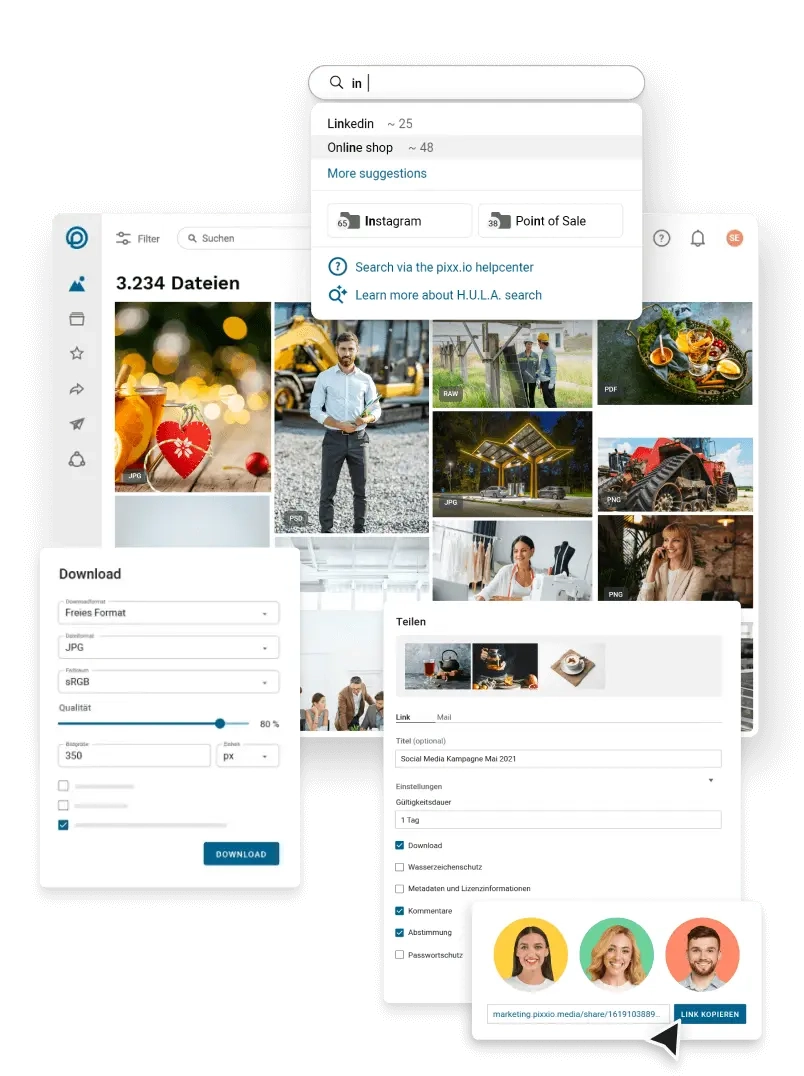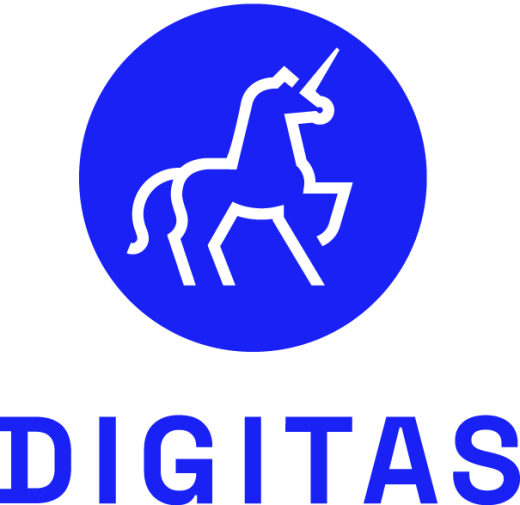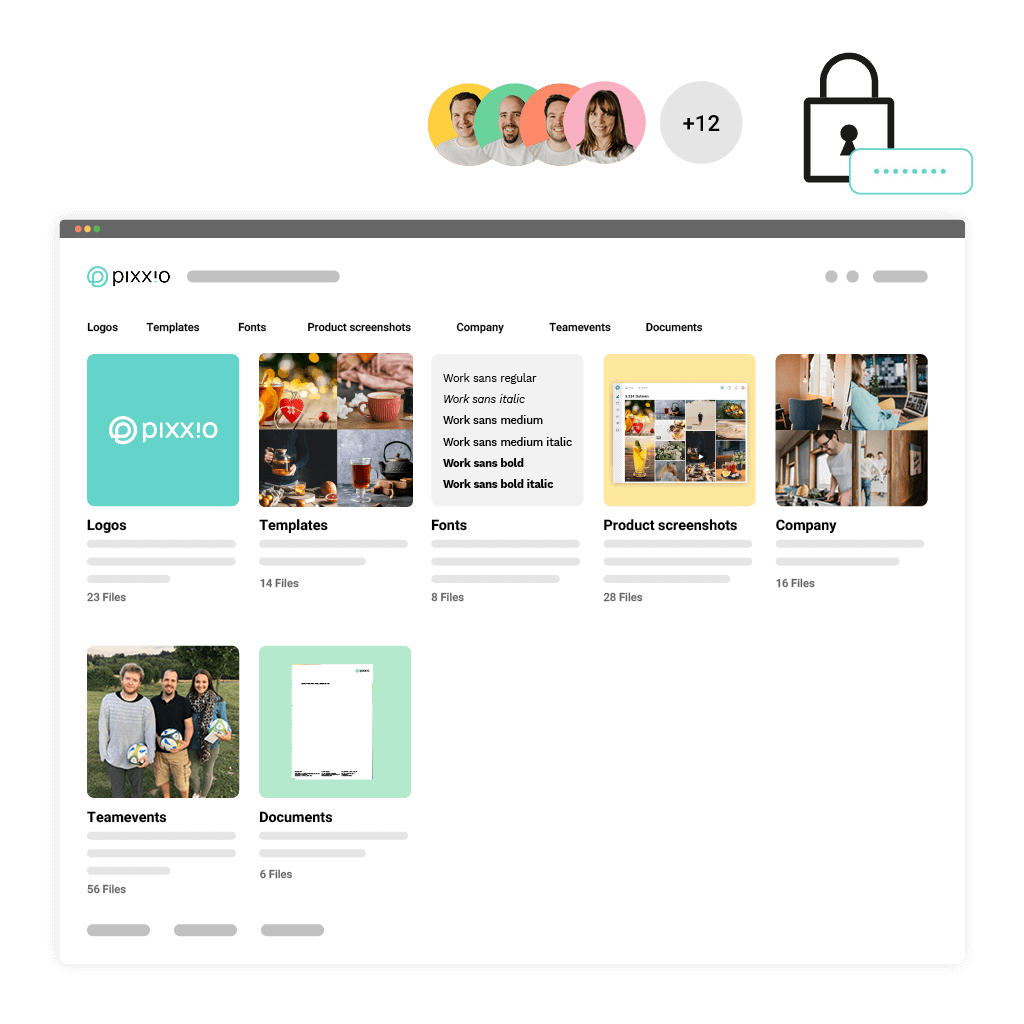
Turn chaos into flow with Digital Asset Management

The value of DAM How Digital Asset Management boosts your productivity
„ Clean product data will become a competitive advantage in the future with regard to AI searches. pixx.io helps with the management of this data. ”
DAM SOFTWARE FEATURES 6 reasons why you need Digital Asset Management software
Cut costs with smoother workflows
With the pixx.io DAM solution, you manage the entire content lifecycle in one place and save money and time—no switching between tools. Collect files from external partners and align instantly with comments. If you are a designer, you can open files directly in Adobe, approve, archive, or access them in other systems.
Keep brand consistency
Use a brand portal to share brand assets with your colleagues. No more asking for the latest PowerPoint template, brand guide, or logo. A brand portal puts everything in one place, so everyone gets what they need and presents your brand the way you intend it. Permissions keep assets safe and used the right way.
Stay safe
With a DAM system, you stay on top of model releases and license expirations. pixx.io shows you exactly how you and your colleagues are allowed to use each file and notifies you automatically before a license expires.
Integrate easily with your stack
With REST API, CDN and ready-to-use integrations, the DAM tool by pixx.io connects smoothly to your existing setup. This way, you always keep a clear overview, even of media spread across other systems.
Communicate seamlessly with partners
Use your own PR platform to supply journalists and partners with press releases, images and content. Brand it your way, lock it when needed: Portals adapt to you and your branding.
Collaborate better with feedback in one place
Feedback stays where it matters when you work with DAM: on the file itself. All comments by colleagues and externals stay in one place, and focus points let you pinpoint the details.
Looking for a Digital Asset Management system?
We'll help you find it!
What else you can use our DAM software for:
How teams benefit from DAM Who uses DAM software?


Top-level security, verified
Comparison of systems What are the differences between a DAM, a CMS, and a PIM?
Resposibilities of a CMS
Responsibilities of a PIM
Frequently asked questions for Digital Asset Management
Think of it this way: your media assets are just as valuable to your business as financial assets like stocks and funds are to a broker. Managing them well makes all the difference.
Common examples of media assets include
• Images
• Videos
• Graphics
• GIFs
• Audio files
• Contracts
• Text docs
• Presentations
• PDFs
• Spreadsheets
Tagging & metadata: • Add keywords manually to the files you upload to your DAM or let AI do the work. Face recognition makes your life even easier: Let AI identify people and auto-tag your assets.
• License management: Store license details for each file and automatically block expired assets to make sure your team only uses content that is approved and good to go.
• Version control & variants: Keep every version of your assets tied to the original file and review them all in one place.
• Permissions & approvals: Use detailed permission settings to make sure that each user only sees the files meant for them.
• Workflows & integrations: Share and collect files via links or portals, connect to other tools through APIs, and automate your entire media workflow.
And there’s another clear signal: when your company starts thinking about rolling out guidelines for how media should be saved, a DAM system is the smarter move. Instead of rigid folders, it organizes your assets with metadata, making them easier to search, share, and control.
Other warning signs include constant “Can you send me that file?” requests, slow access to important content, and teams struggling to keep media consistent across departments.
But there’s more:
• Compliance: Avoid legal risks by automatically blocking access for assets with expired licenses.
• Consistency: Keep your brand image aligned across every channel and every department.
• Collaboration: Streamline feedback and content approvals to speed up production.
To make DAM an essential part of your business, build a clear metadata taxonomy and set tagging rules so brand assets stay consistent.
If you plan to connect pixx.io to your existing tools like e-commerce platforms, that’s easy: Simply use our REST API and ready-to-use integrations.
Ask yourself:
• What compliance rules does your IT team need to follow?
• Which features matter most to your team?
• Which integrations are must-haves?
• Is it possible to try out the DAM with a free trial account?
• Does the provider offer onboarding support and training?








